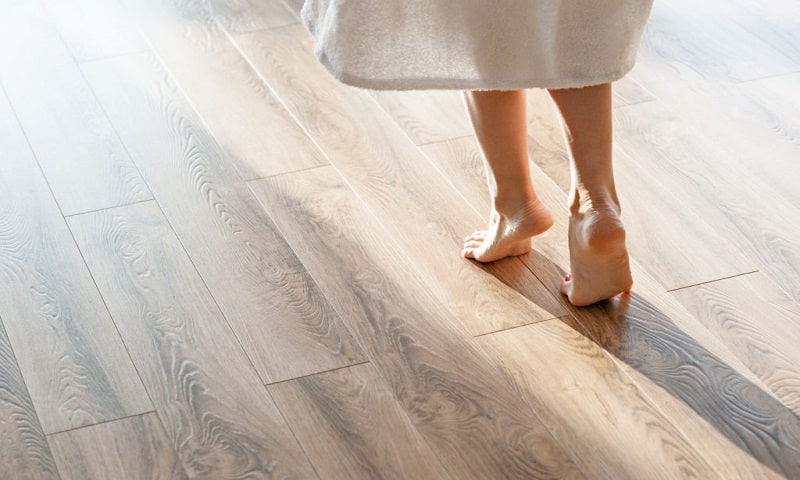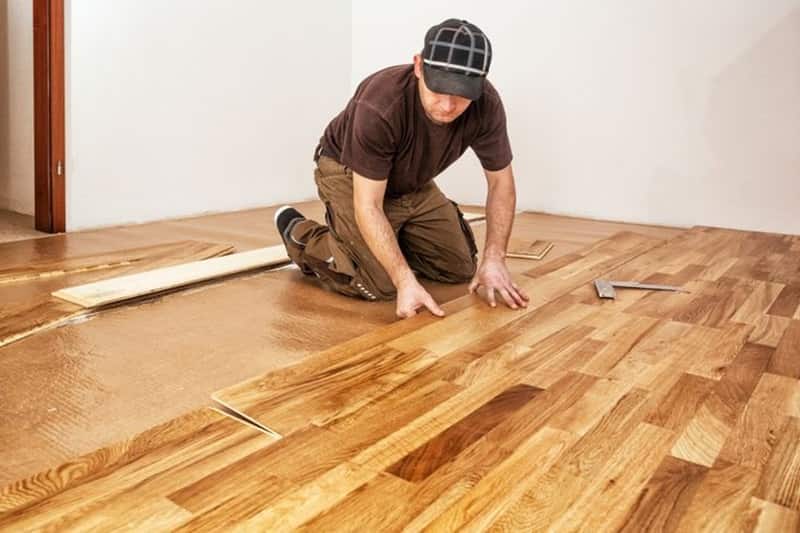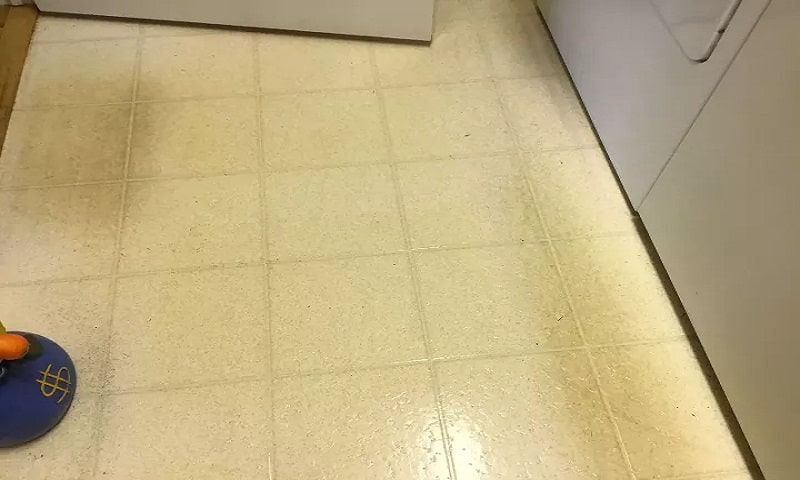Vinyl flooring is a popular choice for its durability, affordability, and easy maintenance. However, one issue that can arise with vinyl floors is a sticky or tacky surface, which can be both unsightly and inconvenient. In this article, we will explore the causes of a sticky vinyl floor and provide effective solutions to resolve and prevent this problem.
Understanding a Sticky Vinyl Floor
1. Residue from Cleaning Products
Using certain cleaning products or improper cleaning techniques can leave behind a sticky residue on vinyl flooring. This residue can attract dirt and make the floor feel sticky to the touch.
2. Wax or Polish Buildup
Over time, wax or polish buildup can occur on vinyl flooring if multiple layers are applied without proper removal in between. This buildup can create a sticky surface that is difficult to clean and maintain.
3. Chemical Reaction
Certain chemical substances, such as rubber or adhesive residue from floor mats or rugs, can react with the vinyl flooring and cause it to become sticky. This can happen if incompatible materials come into contact with the floor for an extended period.
Solutions to Address a Sticky Vinyl Floor
1. Proper Cleaning Techniques
- Use Gentle Cleaners: Avoid using harsh or abrasive cleaners that can leave behind residue. Opt for mild, non-abrasive cleaners specifically formulated for vinyl flooring.
- Follow Manufacturer’s Guidelines: Read and follow the manufacturer’s instructions for cleaning and maintenance to ensure you’re using the appropriate products and techniques.
- Warm Water and Vinegar Solution: Mix equal parts warm water and white vinegar to create a gentle, effective cleaning solution. Apply the solution to the sticky areas and gently scrub with a soft cloth or mop. Rinse with clean water afterward and dry the floor thoroughly.
2. Wax or Polish Removal
- Strip the Floor: If wax or polish buildup is causing the stickiness, you may need to strip the floor to remove the layers of wax or polish. Follow the manufacturer’s instructions for the appropriate stripping product and use a stripping pad or brush to remove the buildup. Rinse thoroughly with clean water after stripping.
- Reapply Finish: After stripping, you can reapply a thin and even layer of floor finish or polish specifically formulated for vinyl flooring. Follow the manufacturer’s instructions for application and allow the finish to dry completely.
3. Address Chemical Reactions
- Remove Residue: If a chemical reaction has occurred between the vinyl flooring and another substance, such as rubber or adhesive residue, clean the affected area immediately using a suitable cleaning agent recommended by the manufacturer. Gently scrub the area to remove the residue, rinse with clean water, and dry thoroughly.
- Avoid Incompatible Materials: Prevent future chemical reactions by ensuring that incompatible materials, such as rubber-backed mats or rugs, do not come into prolonged contact with the vinyl floor. Use compatible floor coverings or place a barrier, such as a non-rubber rug pad, between the vinyl floor and the potential reactive materials.
4. Regular Maintenance and Prevention
- Sweep or Vacuum Regularly: Regularly sweep or vacuum the floor to remove dirt, dust, and debris that can contribute to stickiness.
- Promptly Clean Spills: Clean up spills or liquids immediately to prevent them from drying and leaving behind sticky residue.
- Use Protective Pads: Place protective pads or felt furniture glides under furniture legs to prevent scratches and potential chemical reactions with the floor.
- Follow Care Guidelines: Follow the manufacturer’s guidelines for care and maintenance, including recommended cleaning products and techniques.
Conclusion
A sticky vinyl floor can be a frustrating issue, but there are effective solutions to address and prevent it. By using proper cleaning techniques, removing wax or polish buildup, addressing chemical reactions, and practicing regular maintenance, you can restore your vinyl floor’s smooth and clean surface.
Following the manufacturer’s guidelines and being mindful of potential chemical reactions or incompatible materials will help you maintain a beautiful and functional vinyl floor for years to come.


